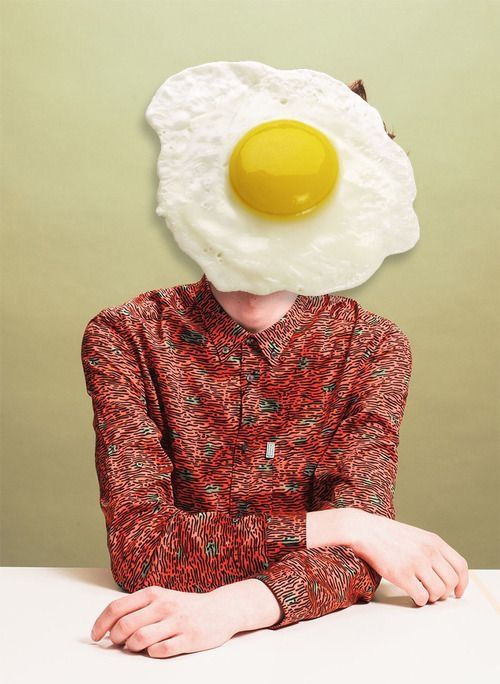Some interesting information about how the New York Times’ Gaza sausage is made was presented recently by Semafor, a news website founded in 2022 by Ben Smith, a former media columnist at the Times, and Justin B. Smith, the former CEO of Bloomberg Media Group.
A piece on the site written by its media editor Max Tani disclosed that the Times had originally wanted to run images of Youssef Matar, a young child in Gaza with cerebral palsy, alongside its July 24 story that cited doctors in Gaza finding that “an increasing number of their patients are suffering and dying – from starvation.” While the child may, sadly, have been malnourished (ultimately, Hamas’ fault – and its intention, since Gazans’ suffering does wonders for its p.r.), his shocking physical state was mainly due to the ravages of his disease.
Responsibly, though, the report notes, the Times’ topmost editors wanted to err on the side of caution. According to communications viewed by Semafor, they worried that running the photos might call into question the paper’s reporting (smart guys!). Especially since the article claimed that many of the children suffering from hunger had been healthy kids, without preexisting diseases.
According to internal messages obtained by Semafor, the paper’s managing editor Marc Lacey expressed his concern. “Do we want to use a photo,” he asked “that will be the subject of debate when there is presumably no shortage of images of children who were not malnourished before the war and currently are?”
Sagely, executive editor Joe Kahn agreed, writing that “The story isn’t framed around people with special needs and the lead art[icle] really should not do that, either.”
And so they wisely opted not to publish Youssef’s photos. Instead, they ran, as noted last week in this space, those of Mohammed Zakaria al-Mutawaq, an 18-month-old child in Gaza, whose tiny, emaciated body was the perfect accompaniment to the news story. At least, that’s what the editors thought.
Problem was, of course, that Mohammed was also suffering from serious diseases, cerebral palsy and a suspected genetic disorder, a fact that, when publicized and called to the Times’s attention, was shared in an “Editor’s Note” (posted to the original story, not on the paper’s main social media account) four days after the article appeared and the photo of the “born healthy” child had been widely and irresponsibly republished by other media.
So, let’s recap, just to be clear: The head honchos at the “paper of record” recognized how journalistically irresponsible it would have been to accompany an article saying that healthy Gazan children were being reduced to skeletal shadows of their former selves with a photo of a child with a serious medical condition, the main cause of his sad state. And then went ahead and did precisely that, choosing a different child with a serious medical condition.
As the saying goes, you can’t make this stuff up.
If Mr. Lacey, as quoted above, is correct in his contention that “there is presumably no shortage of images of children who were not malnourished before the war and currently are,” it’s odd that no other clearly malnourished, wasting away young people have had their photographs plastered on his paper’s front page. Could it be that there may indeed be such a shortage?
I don’t know. There is certainly great need in Gaza, and Israel and the U.S. are taking serious steps to ensure that aid to residents isn’t intercepted by Hamas and criminal gangs.
What I do know is that there was a strong desire on 8th Avenue to publish some photo of an ostensibly starving child. So strong that the Old Gray Lady tripped on her skirt and fell face-first into an omelet.
As Semafor reported further, “One thing that pro-Israel critics of the Times and some staff at the paper agree on is that there is a large contingent of staff at the paper who are opposed to the war in Gaza, and blame Israel for the crisis.”
It would seem that, at least on the West Side of Manhattan, objectivity, like irony, is dead.
© 2025 Ami Magazine









